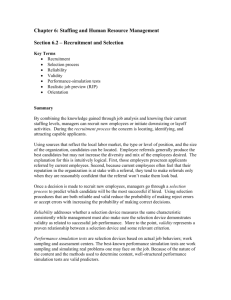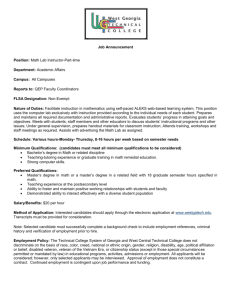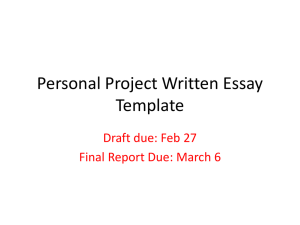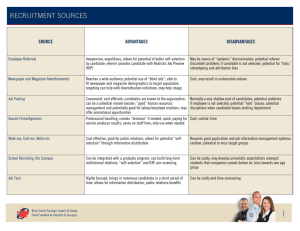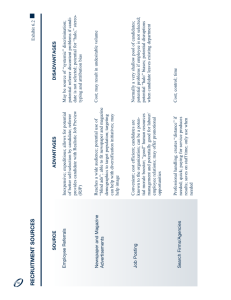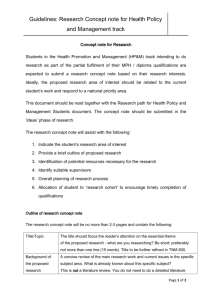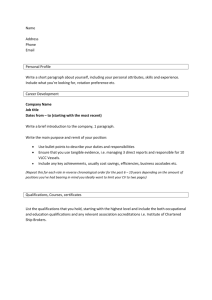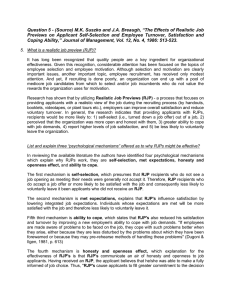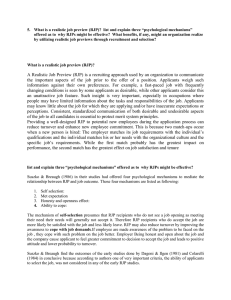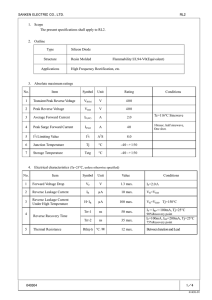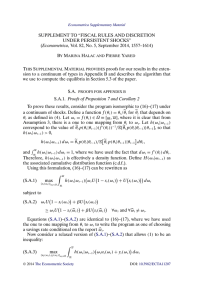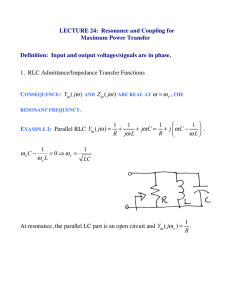human resources 11
advertisement
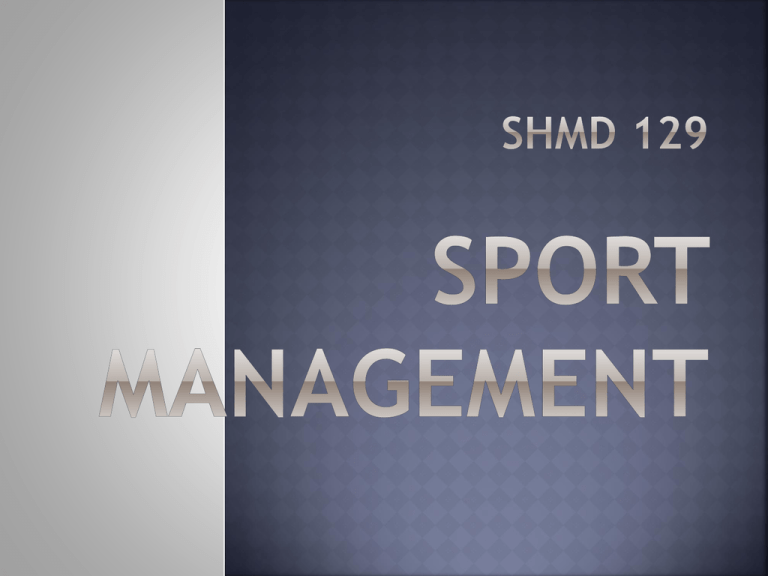
HR management is about helping the entire organization understand & manage its people. HR management consists of planning, attracting, developing, & retaining employees. HR department is a staff department that advises & assists all other departments. Large organizations have separate HR department that plans HR practices for the entire organization. Following is a list of common responsibilities of an HR department: Determine the recruiting & selection process & conduct job analysis (job descriptions & specifications) for all jobs to aid managers in hiring. Recruit candidates from mangers ,select new employees; place job opening ads. Conduct orientation sessions for new employees & train many of them to do their jobs. Develop the performance appraisal system & forms used by managers throughout the organization. Determine compensation (pay & benefits) guidelines. Develop employee health & safety programs, & assist in the termination of employees. Keep employment records & help employees to understand & use their benefits. Participate in legal matters, including teaching managers the legal requirements they need to follow when conducting job searches & interviews. HR department need to ensure that everyone in the organization complies with the law. The law tells organizations what they must & mustn’t do. Pre-employment Inquiries: No-one in your organization can legally ask discrimination questions, either on the application or during interviews. Here are 2 rules to guide you: Be sure that every question you ask is job related. Ask all candidates the same general questions. HR department develops the plans for the entire organization (numbers, benefits) HR guides employees as they carry out the mission, strategy, & objectives of the firm. Strategic HR planning is the process of driving the organization to meet its objectives. HR department is to provide people with the right skills at the right time. Strategic HR planning determines the number of people & skills needed, but doesn’t specify how each job is to be performed. HR planning must review information about the job itself. Job design is the process for developing & combining the tasks & activities that include a particular job. Job analysis is the process for determining what position entails & qualifications needed to staff the position. Job description identifies the tasks & responsibilities of a person. Job specifications identify the qualifications needed to staff a position. An essential part of job analysis is developing a realistic job preview (RJP). The RJP provides the candidate with an accurate, objective understanding of the job.
